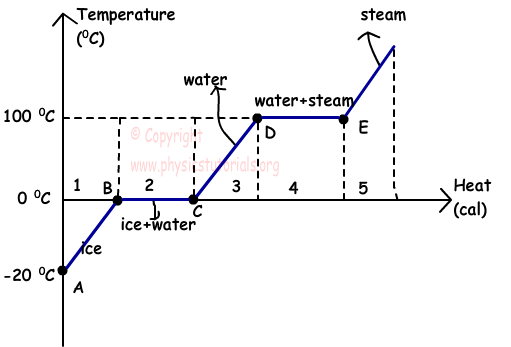Colloquially, simmer means to maintain a liquid at a temperature where relatively few, small vapor bubbles form, while boil means to maintain a liquid at a temperature where relatively many, large vapor bubbles form.
If the liquid is being stirred, the temperature of the liquid will be at its boiling point (100°C for distilled water, depending on atmospheric conditions) regardless of whether it is simmering or boiling. If the liquid is not being stirred, a liquid that appears to be simmering may have reached its boiling point near the heat source, causing vapor bubbles to form, but may not have reached its boiling point distal to the heat source. Thus the average temperature of the liquid may be below the boiling point.
Practically, food in a liquid that is simmering will be cooked at the same temperature or near the same temperature as food in a liquid that is boiling. Adding more heat to a liquid at its boiling point will not increase the liquid's temperature, but will increase the rate of vaporization, and hence the number and size of bubbles (at an extreme, detonating an atomic bomb next to your stove would cause the liquid (among other things) to essentially instantaneously vaporize). This leads to two differences in the cooking methods:
- A boiling liquid will reduce at a faster rate than a simmering liquid. If you are trying to reduce the liquid's volume, boiling may be preferred. If not, simmering may be preferred.
- The larger and more numerous bubbles of a boiling liquid can physically harm delicate food items. Delicate noodles and vegetables may be more damaged in a boiling liquid than in a simmering liquid. Potatoes are less prone to such damage.
Returning to the three potential definitions that your research found:
- "Simmer means low or off position" - This statement is false, but is derived from common labeling on stove ranges. On some ranges, the temperature dials will be labelled 'simmer' at their lowest setting. This should be thought of as 'maintain simmer'. The idea is that after a liquid is brought to an obvious boil, the temperature is at its boiling point. By turning the heat off, energy is lost as the liquid vaporizes and escapes into the atmosphere, causing the temperature of the liquid to gradually fall below its boiling point. By maintaining a minimal amount of heat at the lowest 'simmer' setting, the energy lost through vaporization can be replaced, maintaining the liquid at its boiling point. In my experience, this tends to work well for liquids in a pot with a small surface area. However, for liquids in pots with a large surface area, significant heat is also lost through radiation, and I'll have to turn the dial up to the '1' or '2' setting to maintain the boiling point.
- "To simmer is to heat to a temperature point just off boiling, generally acknowledged as somewhere around 95 degrees C or something like 195 degrees F." - This statement is generally true. As noted above, if vapor bubbles are forming in a liquid, at least part of it is at its boiling point. So, it is possible for the bottom of a pot of water to reach 100°C while the top of the pot is only 90°C, and perhaps the average temperature of the entire pot of water is around 95°C. Stirring the water distributes the heat evenly, and a simmering, stirred pot of water will be uniformly at 100°C.
- "'Simmer' is something like a 'soft boil', a vague state that appears to be between 'not bubbling' and 'roiling', but which by definition must boil in some way, since you know, it's bubbling." - I think this is mostly in line with how I have described the difference between simmering and boiling above.
I would casually define the two terms as follows:
- To simmer is to add the minimal amount of energy to maintain a liquid at its boiling point, resulting in few, relatively small vapor bubbles.
- To boil is to add additional energy to a liquid that is already at its boiling point, resulting in many, relatively large vapor bubbles.
To learn about the science behind cooking, I recommend Harold McGee's On Food and Cooking: The Science and Lore of the Kitchen.

